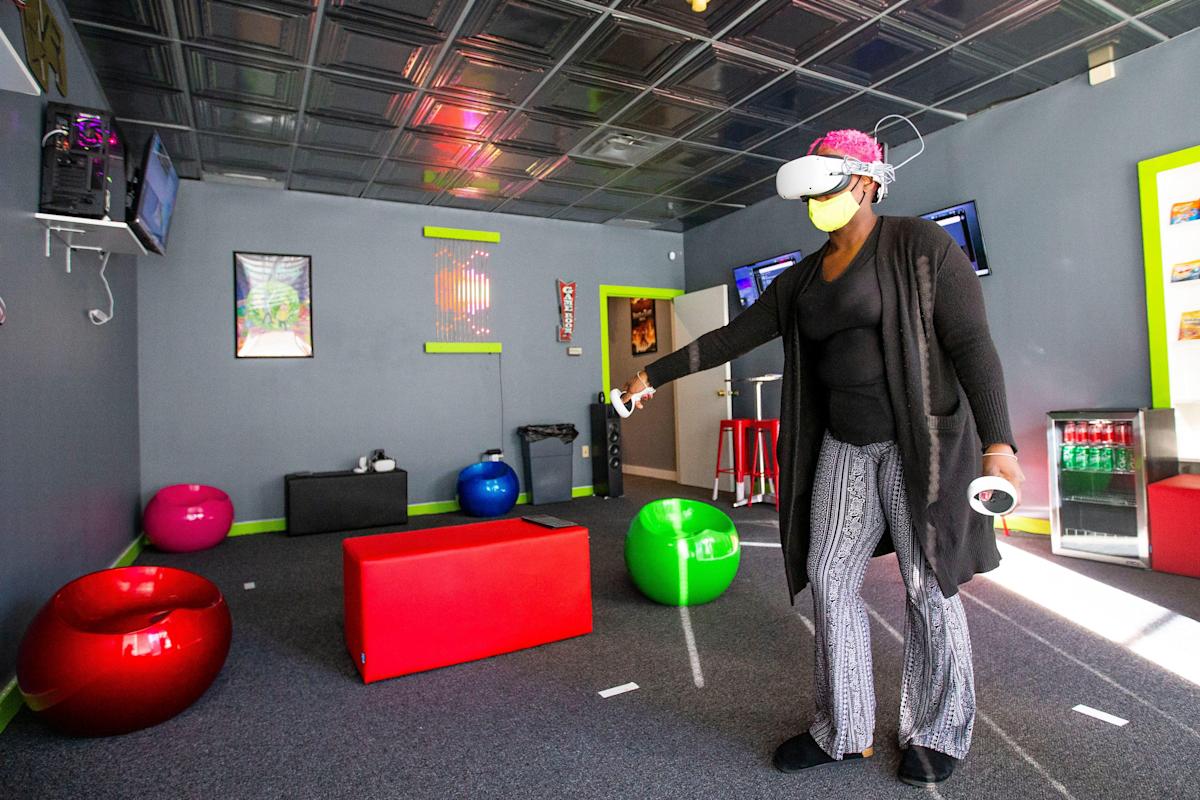A top-of-the-line customer experience is the key to business success. It is the goal of every company, but in today’s environment it has become much more challenging due to the repercussions of the ongoing pandemic.
As the workforce and consumers become more virtual, potential customers are increasingly turning to software and online services to meet their needs, and businesses need to find and leverage the right technology to serve them.
It starts with building a strong business technology foundation. One built on what has become the “seven pillars of customer experience.” These seven pillars can serve as a blueprint for executives facing this rapidly changing digital transformation. These include…
1. Continuity. Businesses must take the blows and maintain continuous operations when circumstances change rapidly. If technology failed you when employees transitioned to remote work, it’s time to implement secure remote access and equip your team with the right devices and software.
2. Communication. Modern customers expect to be able to contact you easily and conveniently. When they get close, they want to make sure they are heard. Minimizing the wait time for responses and resolutions makes people feel cared for, especially when systems are in place to keep them updated along the way.
This can include responding effectively via email, phone, and online outreach channels. Use cloud tools for efficient use with documents, forms, and templates, and implement VOIP phone systems to help route calls, monitor communications, record calls, and more.
Good customer communication can be facilitated by providing employees with accurate and up-to-date customer and company data. You will help with clear and effective communications throughout the customer experience.
3.Software. Depending on the nature of your business, your software needs can go far beyond communication. Your IT team or an outsourced Managed Service Provider (MSP) can gain access to the right tools and advanced integrations that bring it all together. They can help customize the software to configure it for your specific business needs.
4. Security. Some consumers are still nervous about moving their customer experiences into the digital realm. They are wise to be cautious about security. Cybersecurity must be enhanced to the highest levels, if necessary, to build trust and make everyone sure that their customer data is safe.
5. Training. Employees need to feel secure and comfortable with the technology systems they rely on to do their jobs. Customers feel uncomfortable when staff are struggling and frustrated. Better tools, role-based settings, and effective training will help eliminate headaches.
6. Data Protection. Data protection is a primary focus in any customer service plan. However, it’s only part of what an outsourced IT team or MSP can do. Better IT also produces better data in the first place, allowing you to refine business processes and improve the customer experience.
7. IT recovery solutions. Remember the time when your business was down for a minute but came back online? Probably not, because there is nothing to remember. However, downtime that lasts for hours or days is much more memorable and can create problems for both employees and customers.
Gartner , the internationally renowned research firm has estimated that downtime costs businesses an average of $5,600 per minute (more than $300,000 per hour), and that was back in 2014. Now it’s even more important to address the issues and recover quickly. Every minute matters, so make sure your IT staff or support team has a good backup strategy and disaster recovery plan in place.
Companies that build a customer service platform based on these seven pillars will not only wow their customers but also win more business.





